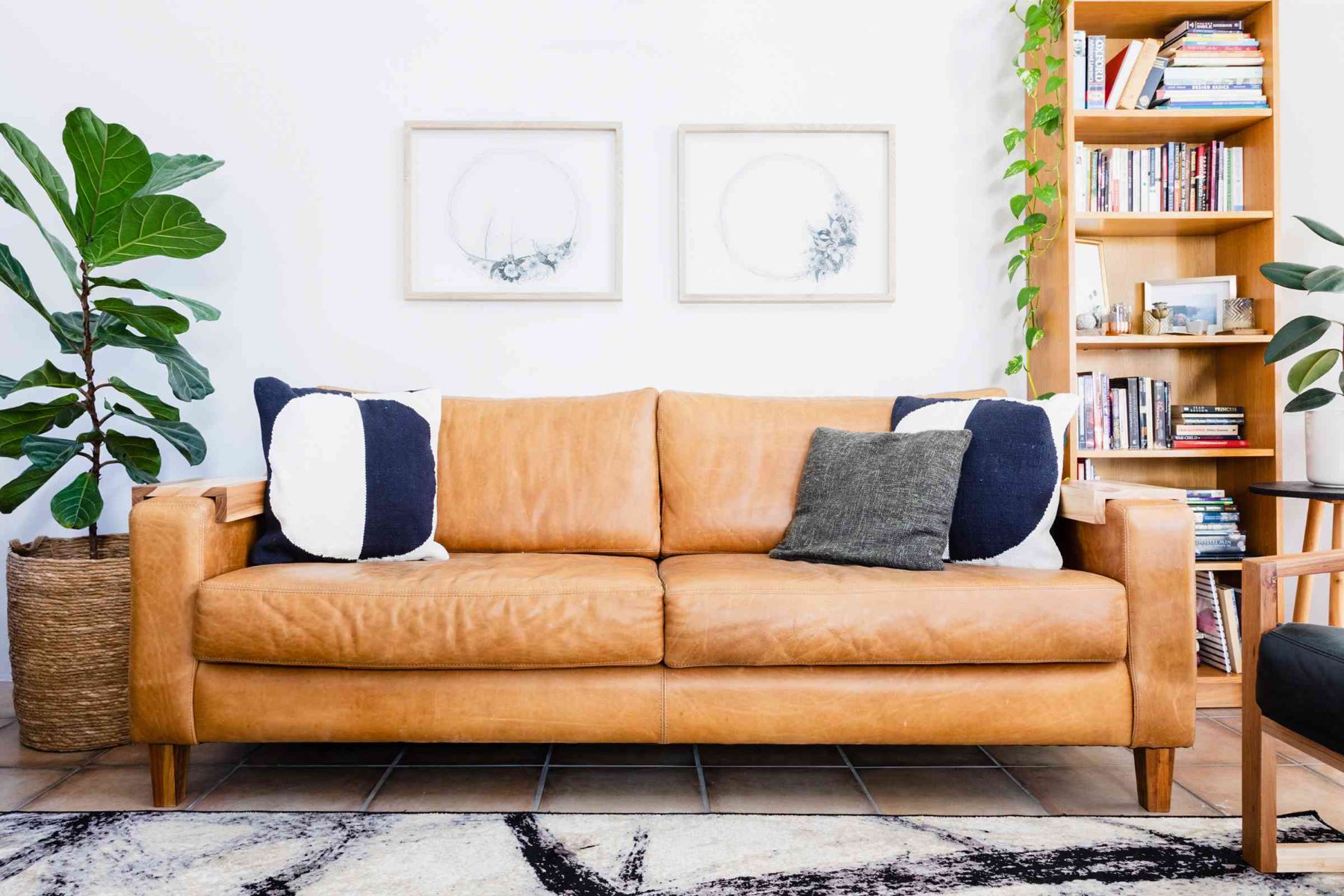

Articles
How To Store Leather Furniture
Modified: January 22, 2024
Learn how to properly store your leather furniture with these helpful articles. Protect your investment and keep your leather furniture looking its best.
(Many of the links in this article redirect to a specific reviewed product. Your purchase of these products through affiliate links helps to generate commission for Storables.com, at no extra cost. Learn more)
Introduction
Leather furniture adds a touch of luxury and sophistication to any space. Whether it’s a stylish leather sofa or a sleek leather armchair, investing in leather furniture requires proper care and storage. By following the right steps, you can ensure that your leather furniture stays in pristine condition for years to come.
Storing leather furniture may seem like a daunting task, but with the right knowledge and techniques, it can be a breeze. In this article, we will discuss six essential tips to help you store your leather furniture effectively. From choosing the right storage location to maintaining the furniture, we will cover all the crucial steps to keep your leather furniture looking its best.
Key Takeaways:
- Properly storing leather furniture involves choosing the right location, cleaning, conditioning, and protecting it from environmental factors. Regular maintenance is crucial to preserving its beauty and durability.
- To store leather furniture effectively, select a cool, dry storage location, use breathable covers, and avoid sharp or heavy objects. Regularly check and maintain the furniture to prevent damage and ensure longevity.
Read more: How Clean Leather Furniture
Tip 1: Choose the Right Storage Location
The first step in properly storing your leather furniture is to select the right storage location. Ideally, you should choose a cool, dry, and well-ventilated area. Extreme temperature fluctuations and high humidity can damage leather, causing it to crack, fade, or develop mold and mildew.
Avoid storing your leather furniture in basements or attics, as these areas are prone to moisture and temperature variations. Instead, opt for a climate-controlled storage unit or a room in your home with stable temperature and humidity levels.
It’s also essential to protect your leather furniture from direct sunlight. Prolonged exposure to the sun’s rays can cause the leather to fade, lose its natural oils, and become brittle. Choose a location away from windows or use curtains or blinds to block out sunlight.
Additionally, make sure to keep your leather furniture away from heating vents, radiators, or any other sources of excessive heat. Heat can dry out the leather, leading to cracks and stiffness. Maintaining a consistent temperature is key to preserving the integrity of your leather furniture.
Tip 2: Clean and Condition the Leather
Before storing your leather furniture, it’s important to clean and condition it properly. Dust, dirt, and debris can accumulate on the surface of the leather, causing damage over time. Start by gently vacuuming the furniture with a soft brush attachment to remove loose particles.
Next, use a mild leather cleaner specifically formulated for your type of leather. Apply the cleaner to a soft, lint-free cloth and gently wipe down the furniture, avoiding excessive moisture. Be sure to test the cleaner on a small, inconspicuous area first to ensure it doesn’t cause any discoloration or damage.
After cleaning, it’s crucial to condition the leather to maintain its suppleness and prevent it from drying out. Choose a high-quality leather conditioner and apply it to a clean cloth. Gently rub the conditioner onto the leather in circular motions, ensuring even coverage. Allow the conditioner to penetrate the leather for the recommended time specified by the manufacturer.
Conditioning not only helps to keep the leather moisturized but also helps to preserve its color and prevent cracking. Regular cleaning and conditioning will keep your leather furniture looking fresh and vibrant, even during storage.
Tip 3: Protect from Humidity and Direct Sunlight
Humidity and direct sunlight can wreak havoc on leather furniture, causing it to warp, fade, or develop mold and mildew. To protect your leather furniture during storage, it’s essential to take measures to control humidity levels and shield it from the sun’s harmful rays.
If you live in a humid climate or are storing your furniture in a location with high humidity levels, consider using dehumidifiers or moisture-absorbing products in the storage area. This helps to keep the air dry and prevent moisture buildup, which can lead to the growth of mold and mildew.
When it comes to shielding your leather furniture from direct sunlight, there are a few options. Firstly, you can cover the furniture with light-colored sheets or blankets to block out the sun’s rays. Alternatively, you can use UV-blocking window film on the windows in the storage area to filter out harmful UV rays.
Additionally, avoid placing your leather furniture near windows or glass doors where it can be exposed to direct sunlight. Even if you have UV-blocking treatments in place, it’s best to err on the side of caution and minimize exposure to sunlight as much as possible.
By controlling humidity levels and protecting your leather furniture from direct sunlight, you can significantly prolong its lifespan and maintain its original beauty.
To store leather furniture, avoid placing it in direct sunlight or near heat sources to prevent drying and cracking. Clean and condition the leather before storing, and cover it with a breathable fabric to protect it from dust.
Tip 4: Use Proper Covers or Wrapping Material
When storing your leather furniture, it’s crucial to protect it from dust, dirt, and potential scratches. Using proper covers or wrapping material can help safeguard your furniture and keep it in pristine condition.
Before covering your leather furniture, it’s important to ensure that it is completely clean and dry. Any leftover moisture or debris can lead to mold and mildew growth, so take the time to thoroughly clean and dry the furniture before storage.
When selecting covers or wrapping material, opt for breathable materials such as cotton or breathable fabric covers specifically designed for furniture storage. These materials allow air to circulate, preventing moisture buildup and potential damage to the leather.
When wrapping your leather furniture, avoid using plastic or vinyl covers, as these materials can trap moisture and cause the leather to sweat. Moisture buildup can lead to the growth of mold and mildew, which can irreversibly damage the leather.
To further protect the leather, you can also use padding or blankets to cushion the furniture and prevent scratches or dents. Ensure that the padding is non-abrasive and doesn’t contain any sharp or rough parts that could damage the leather surfaces.
Lastly, make sure that the covers or wrapping material are secure and tightly fitted around the furniture. Loose covers can allow dust and dirt to accumulate and defeat the purpose of protecting the leather.
By using proper covers or wrapping material, you can safeguard your leather furniture from dust, dirt, and potential damage during storage, ensuring that it remains in excellent condition for years to come.
Read more: How To Store Leather
Tip 5: Avoid Sharp or Heavy Objects
When storing your leather furniture, it’s important to be mindful of the items around it. Avoid placing sharp or heavy objects near or on the furniture to prevent accidental scratches or dents.
Sharp objects such as knives, scissors, or metal edges can easily damage the leather surface if they come into contact with it. Be cautious when moving items around your stored furniture and ensure that no sharp objects are left in close proximity.
Heavy objects can also pose a risk to your leather furniture. Excessive weight can cause the furniture to sag, deform, or even collapse. Avoid stacking heavy boxes or placing heavy items on top of your leather furniture during storage.
If you need to stack items or store boxes near your leather furniture, make sure to create a buffer zone by using protective padding or blankets to prevent direct contact with the furniture. This extra layer of protection will help minimize the risk of accidental damage.
Take extra care when rearranging or moving furniture near your leather pieces to avoid any accidental bumps or collisions. Even a slight impact can leave noticeable scratches or dents on the delicate leather surface.
By being cautious and mindful of the items surrounding your leather furniture, you can prevent unnecessary damage and keep your furniture looking its best during storage.
Tip 6: Regularly Check and Maintain the Furniture
Even during storage, it’s crucial to regularly check and maintain your leather furniture to ensure its longevity and quality. Taking a proactive approach to maintenance can prevent any potential issues and allow you to address them promptly.
Periodically inspect your leather furniture for any signs of damage or wear. Look for cracks, fading, or discoloration on the surface. If you notice any issues, take immediate action to prevent further damage. You can consult a professional leather cleaner or follow manufacturer’s instructions for repair and restoration.
Additionally, it’s essential to maintain the leather’s moisture content during storage. Depending on the specific type of leather, you may need to apply a conditioner or leather moisturizer periodically. This helps to prevent drying out and cracking of the leather. Follow the product instructions and apply it as needed to keep the leather supple and healthy.
Regularly dust and clean the stored furniture with a soft, dry cloth to remove any dust or debris that may have accumulated. This practice helps to keep the leather looking fresh and prevents the buildup of dirt and grime during extended periods of storage.
If you notice any signs of mold or mildew, take immediate action to address the issue. Mold and mildew can spread quickly and cause irreparable damage to your leather furniture. Use a mild, non-toxic cleaner specifically designed for removing mold and follow the instructions carefully.
Keep in mind that leather furniture stored for extended periods may require extra care and maintenance. Regularly checking and maintaining your leather furniture will help preserve its condition and extend its lifespan.
By following these six tips, you can effectively store your leather furniture and ensure that it remains in excellent condition. From selecting the right storage location to regular maintenance, these steps will help protect your furniture investment and allow you to enjoy it for years to come.
Conclusion
Properly storing leather furniture is essential to maintaining its beauty and durability. By following the six tips outlined in this article, you can ensure that your leather furniture remains in excellent condition during storage and is ready to be enjoyed whenever you decide to bring it out again.
Choosing the right storage location, cleaning and conditioning the leather, protecting it from humidity and direct sunlight, using proper covers or wrapping material, avoiding sharp or heavy objects, and regularly checking and maintaining the furniture are all critical steps in the storage process.
Remember to select a cool, dry storage location, clean and condition the leather before storing, protect it from harmful environmental factors, and use breathable covers or wrapping materials. Always be cautious of sharp or heavy objects and regularly check and maintain your furniture to prevent any issues before they become significant problems.
Taking the time to store your leather furniture properly will help preserve its quality and prolong its lifespan. By following these tips, you can ensure that your leather furniture retains its beauty and functionality, even during periods of storage.
Investing in leather furniture is an investment in luxury and style, and it’s worth taking the necessary steps to protect and maintain it. With the right storage techniques, you can enjoy your leather furniture for many years to come, knowing that it’s well cared for and ready to enhance your space whenever you desire.
Frequently Asked Questions about How To Store Leather Furniture
Was this page helpful?
At Storables.com, we guarantee accurate and reliable information. Our content, validated by Expert Board Contributors, is crafted following stringent Editorial Policies. We're committed to providing you with well-researched, expert-backed insights for all your informational needs.
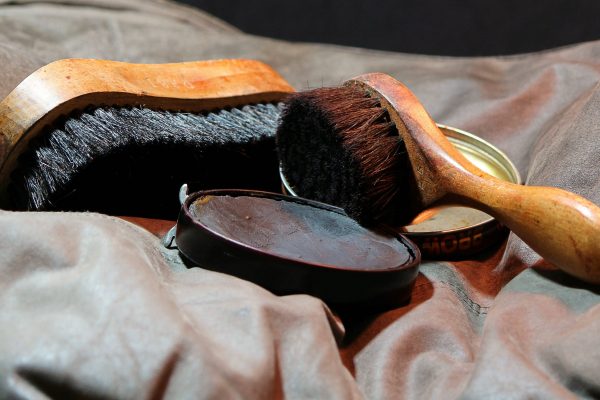
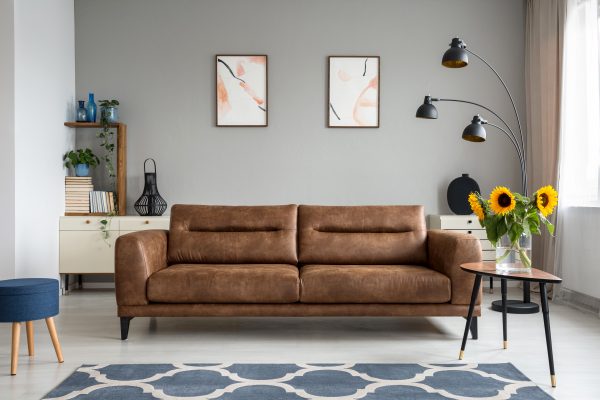
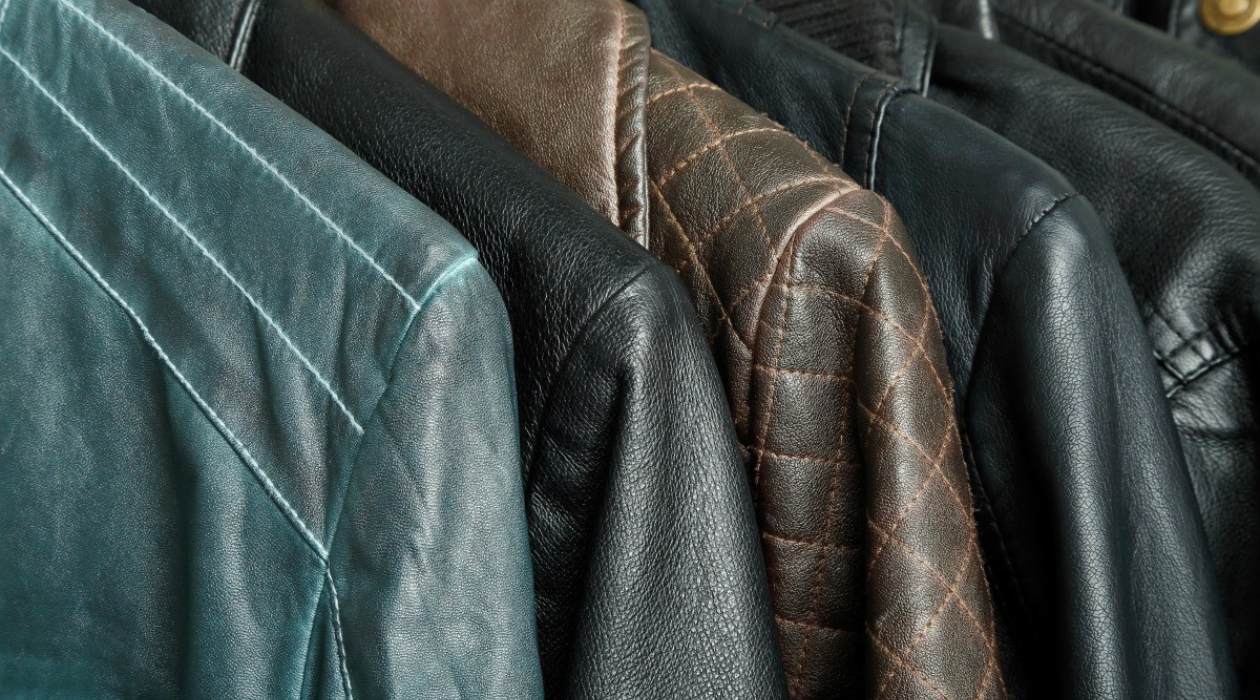
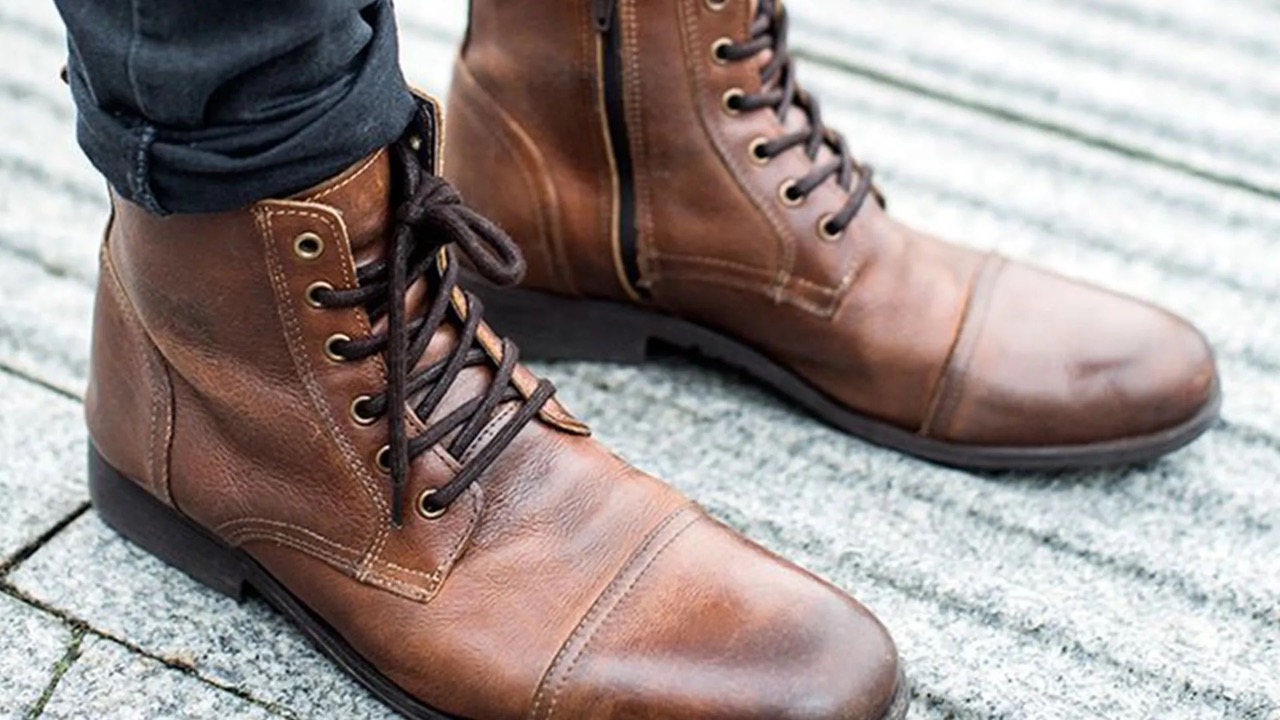
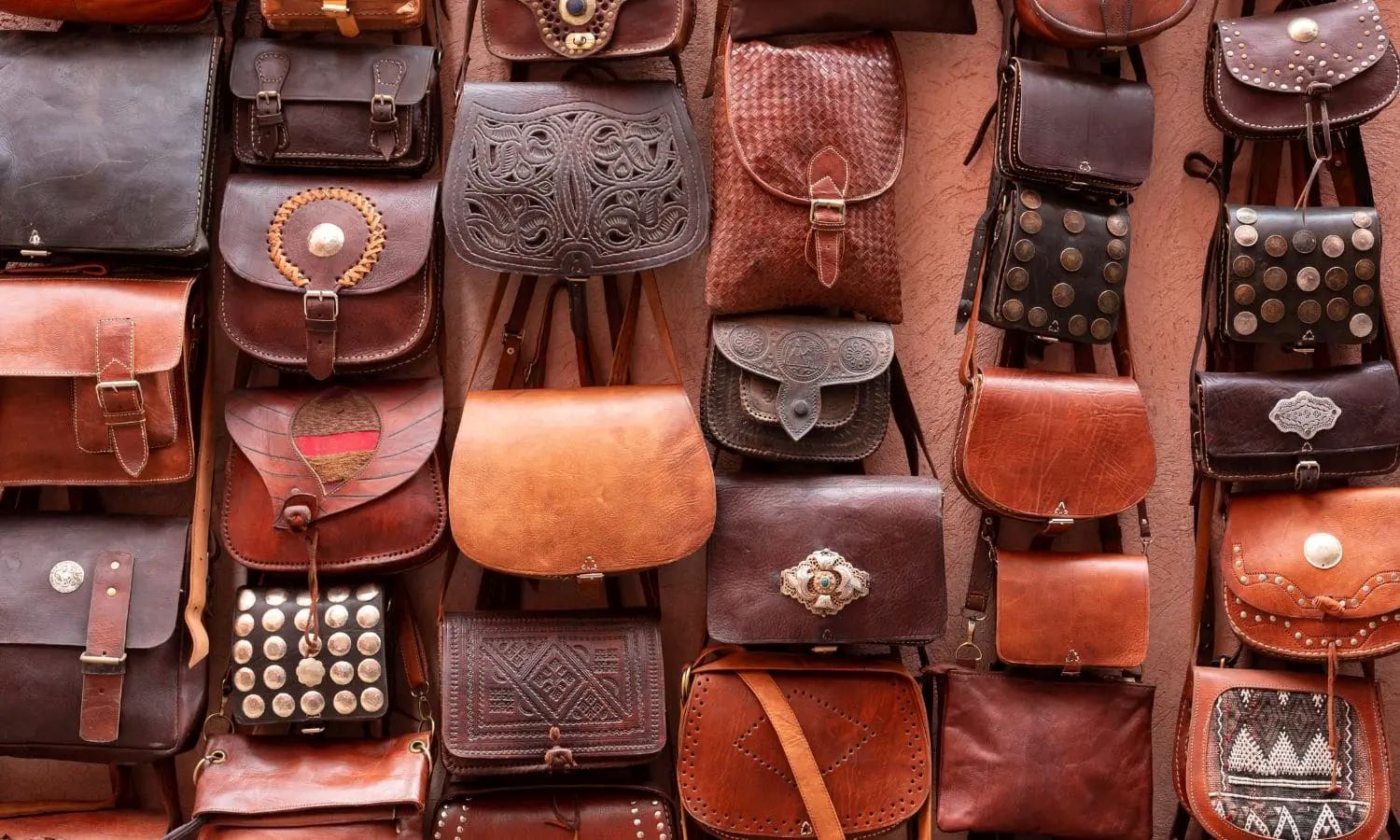
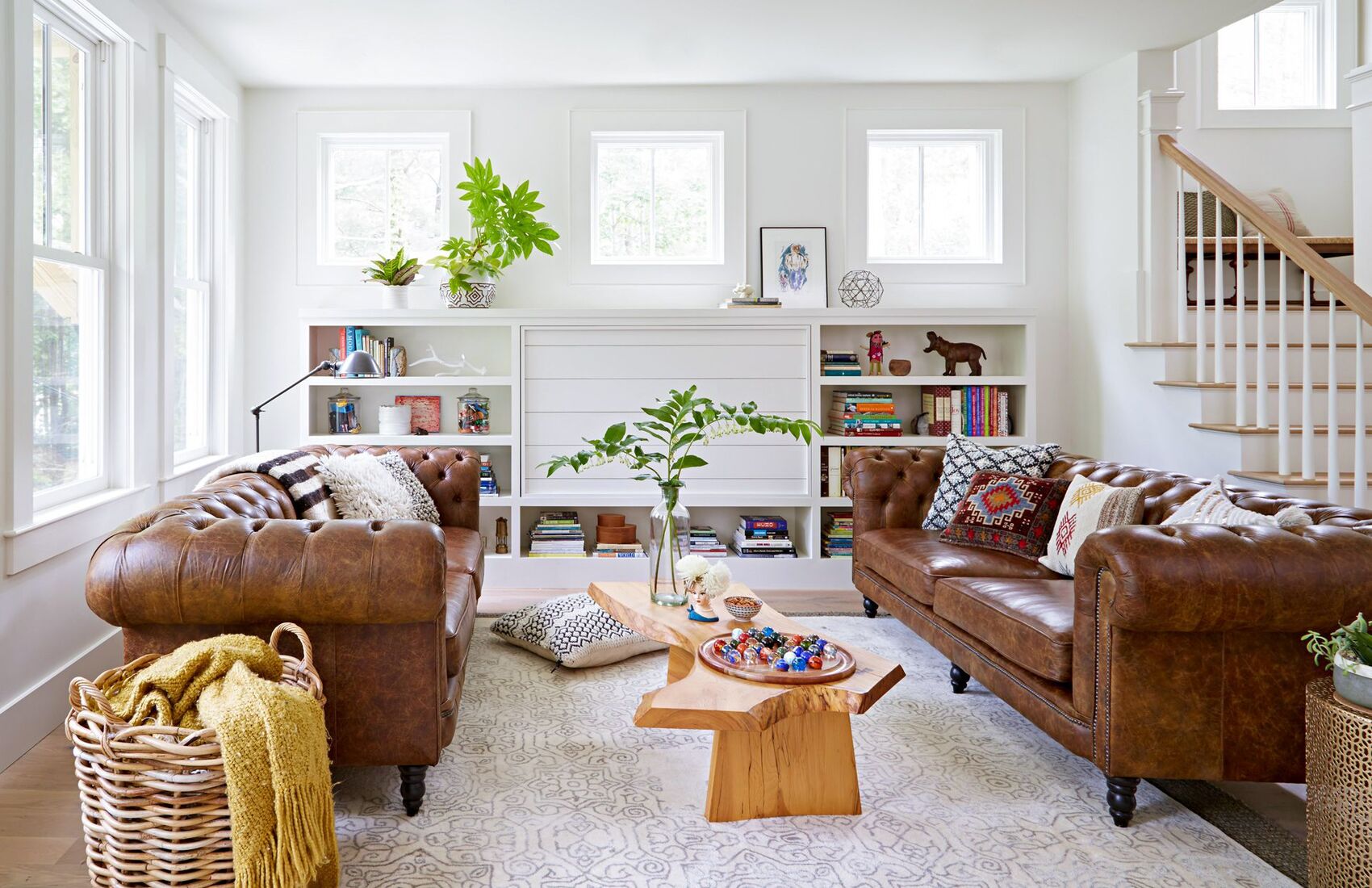
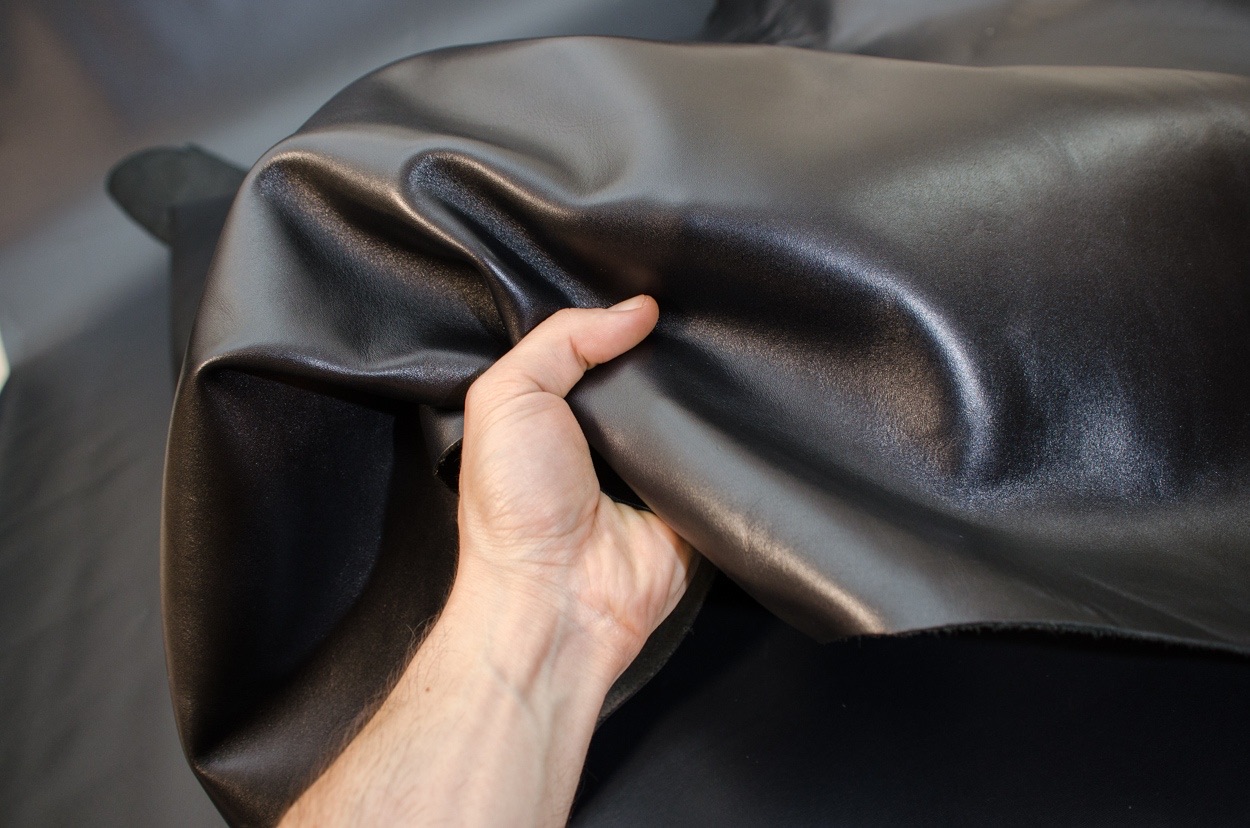
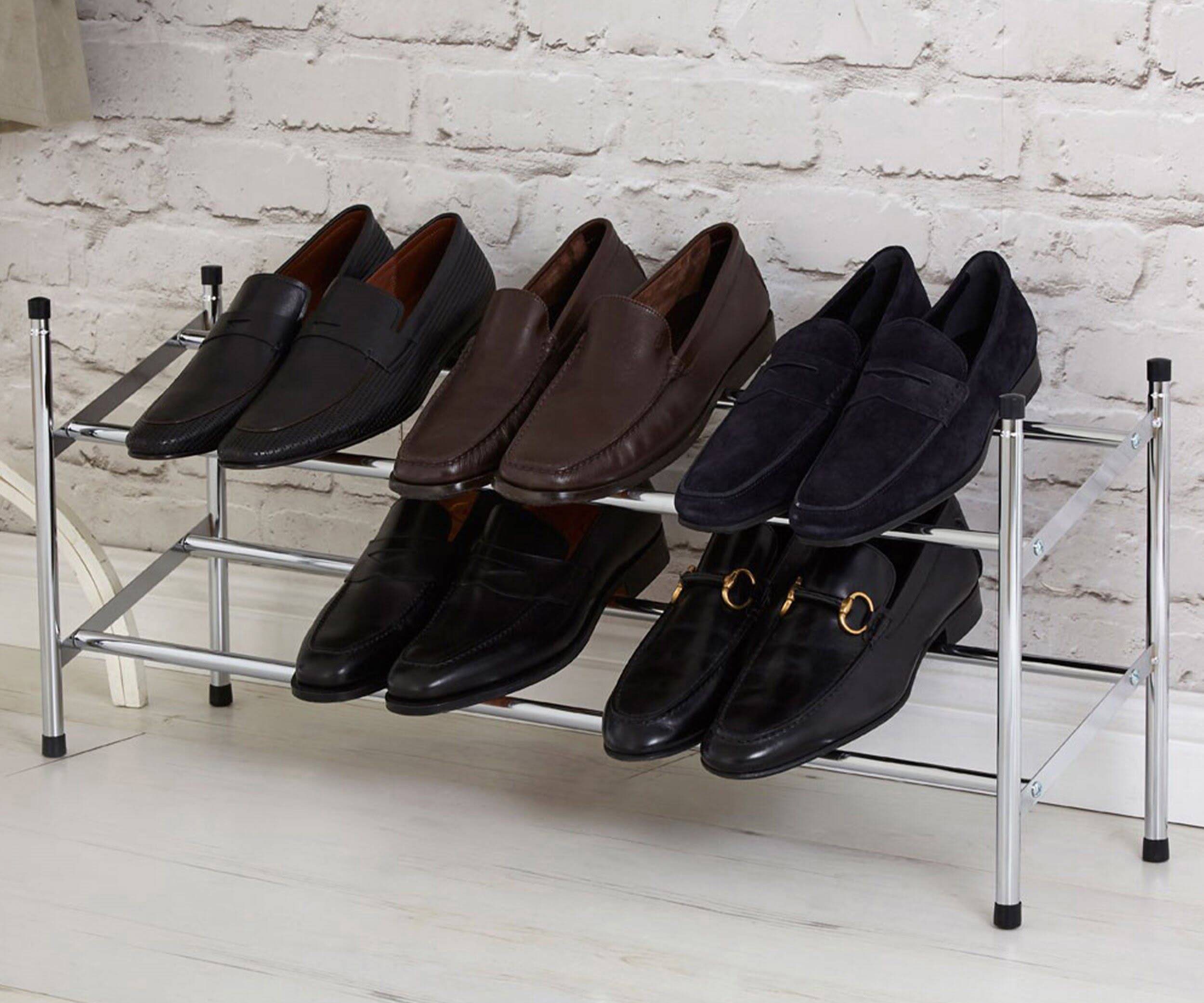
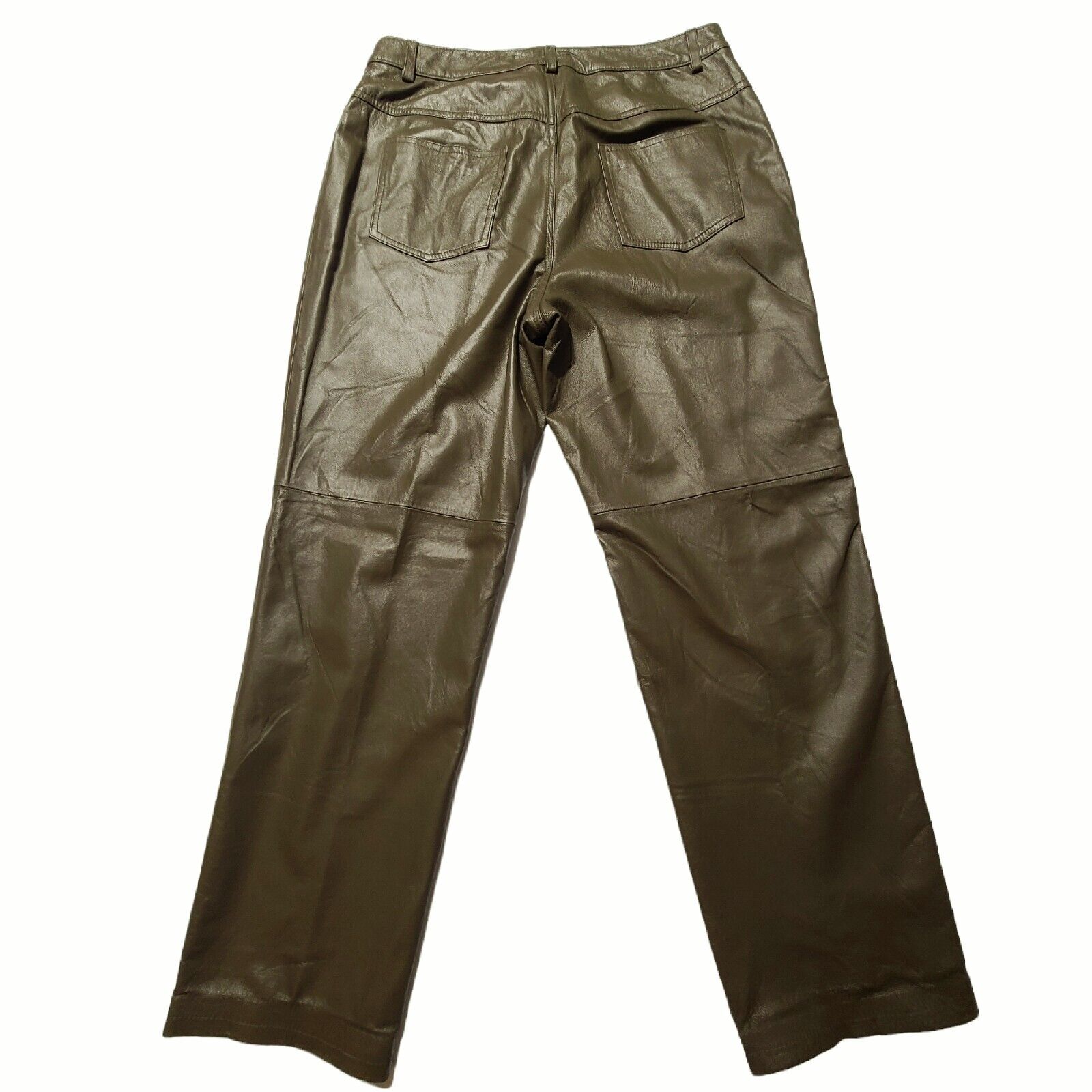
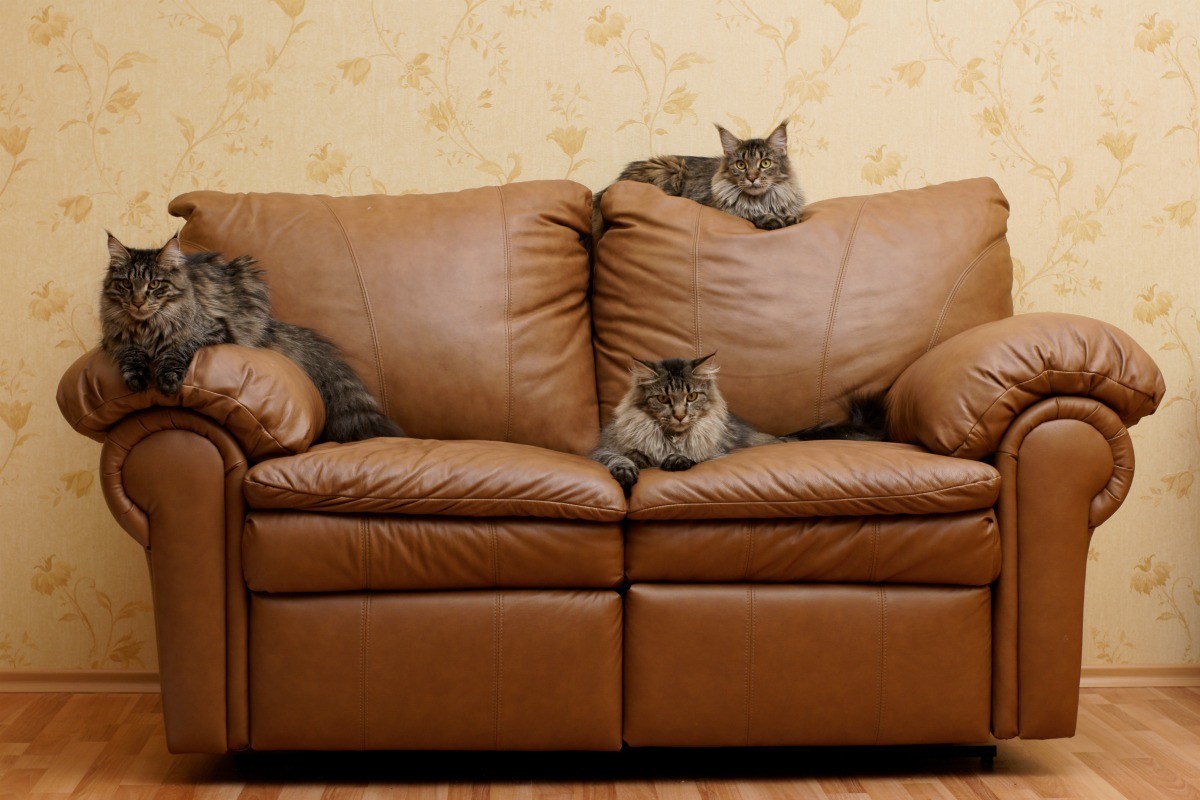
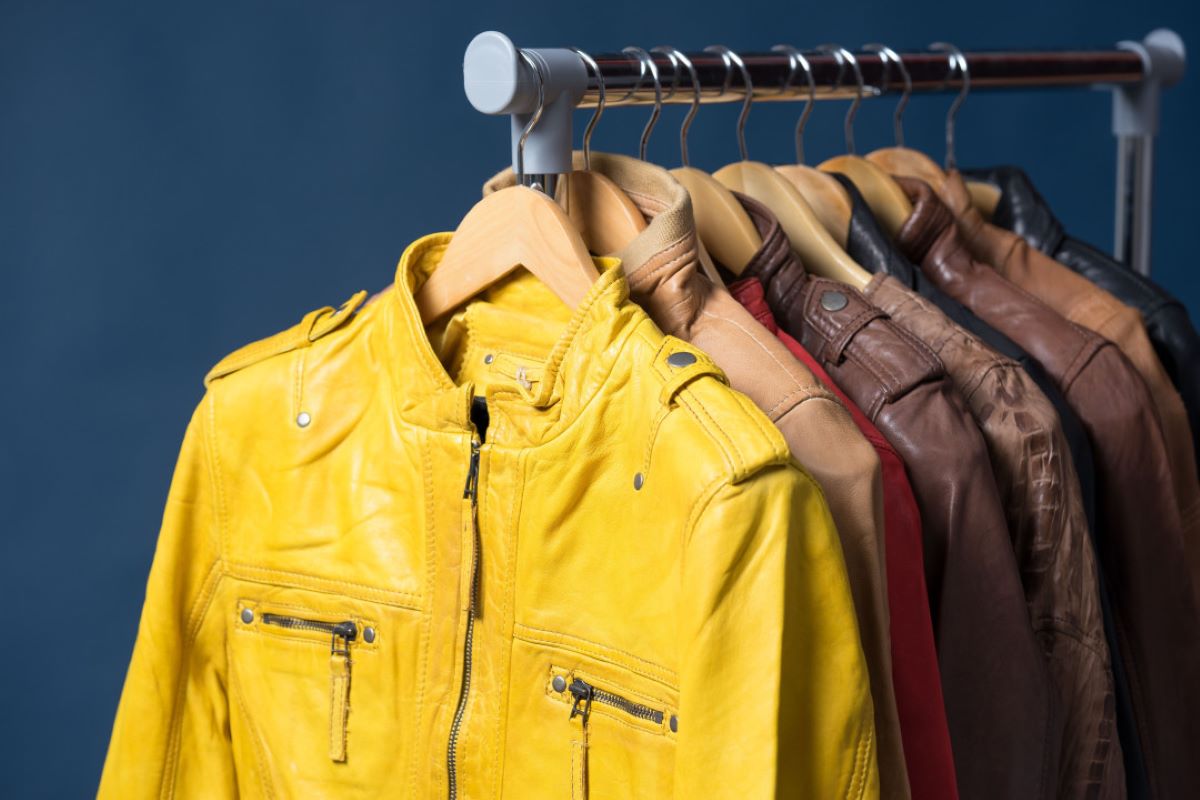
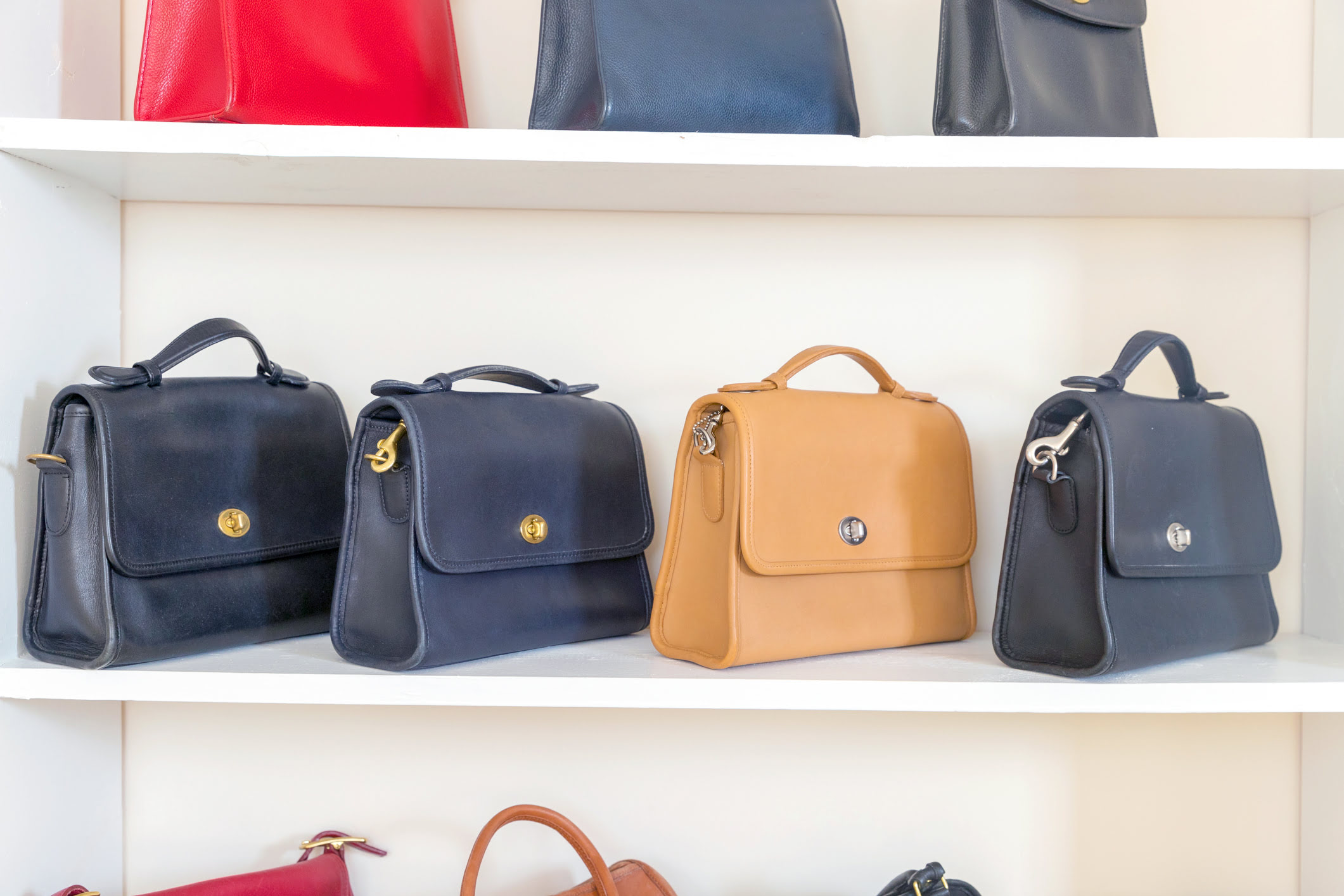

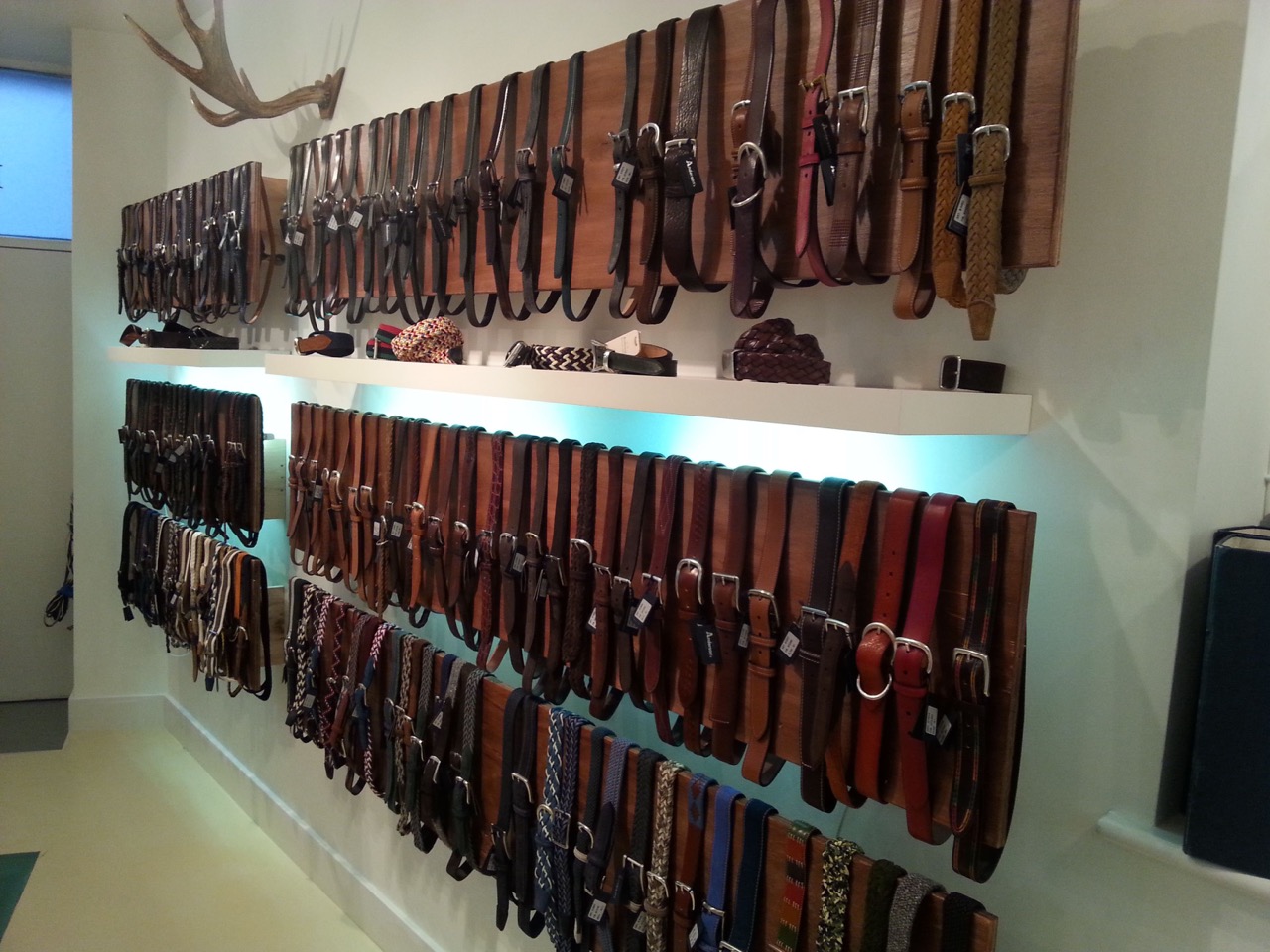

0 thoughts on “How To Store Leather Furniture”